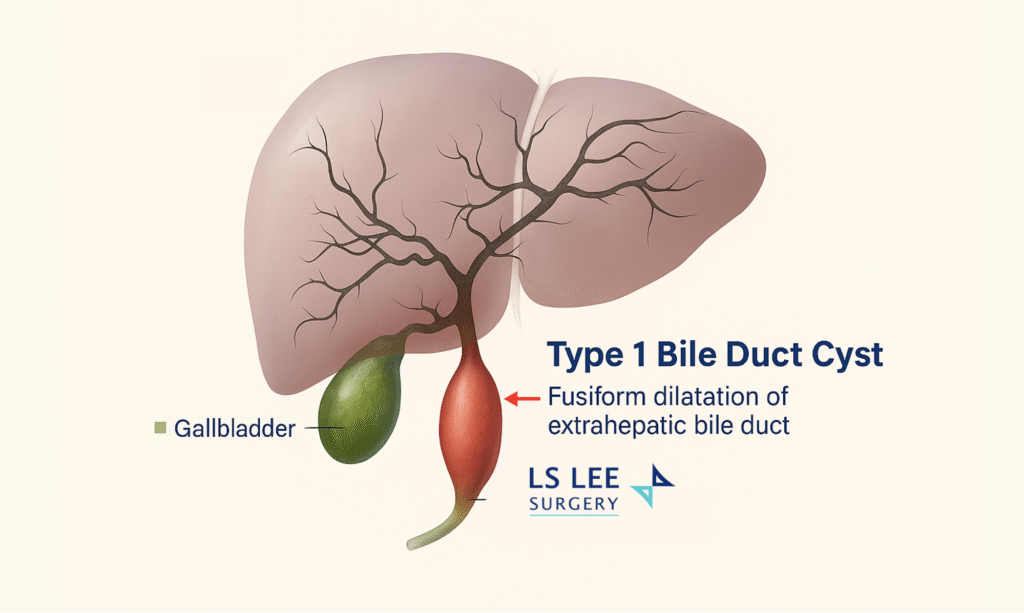Understanding the Condition and Its Implications
Introduction
A biliary cyst, also known as a bile duct cyst or choledochal cyst, is an abnormal swelling or dilation of the bile duct. While commonly diagnosed during childhood, some cases remain unnoticed until adulthood. Delayed recognition in adults can lead to serious complications, highlighting the importance of early detection and appropriate treatment.
Common Symptoms in Adults
Adult patients with biliary cysts may exhibit symptoms different from pediatric cases. Common signs and presentations include:
- Abdominal Mass: A visible or palpable swelling in the abdomen.
- Jaundice: Yellowing of the skin and eyes due to bile flow obstruction.
- Pancreatitis: Inflammation of the pancreas triggered by bile duct involvement.
- Upper Abdominal Pain: Often recurrent or persistent.
- Cholangitis: Infection of the bile ducts, typically associated with fever and chills.
- Incidental Finding: Some cysts are discovered unintentionally during scans for unrelated conditions.
Types of Biliary Cysts
Biliary cysts are categorized using the Todani classification, which distinguishes them based on anatomical features:
- Type I: Cystic dilation of the common bile duct (most common)
- Type II–V: Varying involvement of intrahepatic, extrahepatic, or both bile ducts
Understanding the type of cyst is crucial for selecting the appropriate surgical approach.
Significance and Health Risks
If untreated, biliary cysts can lead to serious complications:
- Malignant Transformation: Risk of progression to bile duct cancer (cholangiocarcinoma)
- Recurrent Infections: Persistent cholangitis due to stagnant bile
- Pancreatic Dysfunction: Blocked ducts can lead to inflammation or damage to the pancreas
Early diagnosis and timely intervention are essential for preventing long-term complications.
Management of Biliary Cysts
The gold-standard treatment is surgical removal of the cyst:
- Bile duct resection: Excision of the affected bile duct segment
- Reconstruction: Creating a new bile drainage pathway (e.g., hepaticojejunostomy)
- Post-op follow-up: Long-term monitoring to check for recurrence or complications
Robotic-Assisted Surgery: A Modern Approach
Robotic-assisted surgery offers an advanced, minimally invasive option for bile duct surgery, combining precision with better patient outcomes.
Benefits Include:
- Greater Precision: Improved accuracy in dissection and suturing
- Smaller Incisions: Less trauma, quicker wound healing
- Reduced Pain: Patients report less postoperative discomfort
- Shorter Hospital Stay: Faster recovery and earlier return to daily life
This technology enables surgeons to perform complex bile duct resections with greater safety and confidence.
Expert Care with Dr Lee Lip Seng
Dr. Lee Lip Seng is a specialist in bile duct, liver, and pancreas surgery, offering expertise in laparoscopic and robotic-assisted surgical techniques. His approach integrates precision with compassion, delivering tailored care to patients with biliary cysts and related conditions.
Contact LS Lee Surgery to schedule a consultation or learn more: +65 6550 2317
Conclusion
Adult biliary cysts are rare but potentially serious if overlooked. With modern diagnostics and advanced surgical techniques such as robotic-assisted bile duct resection, outcomes have improved significantly. Prompt recognition, classification, and surgical treatment can prevent complications and restore long-term health.
This article is intended for general education and should not replace professional medical consultation. For individual concerns, please speak with a qualified healthcare provider.







